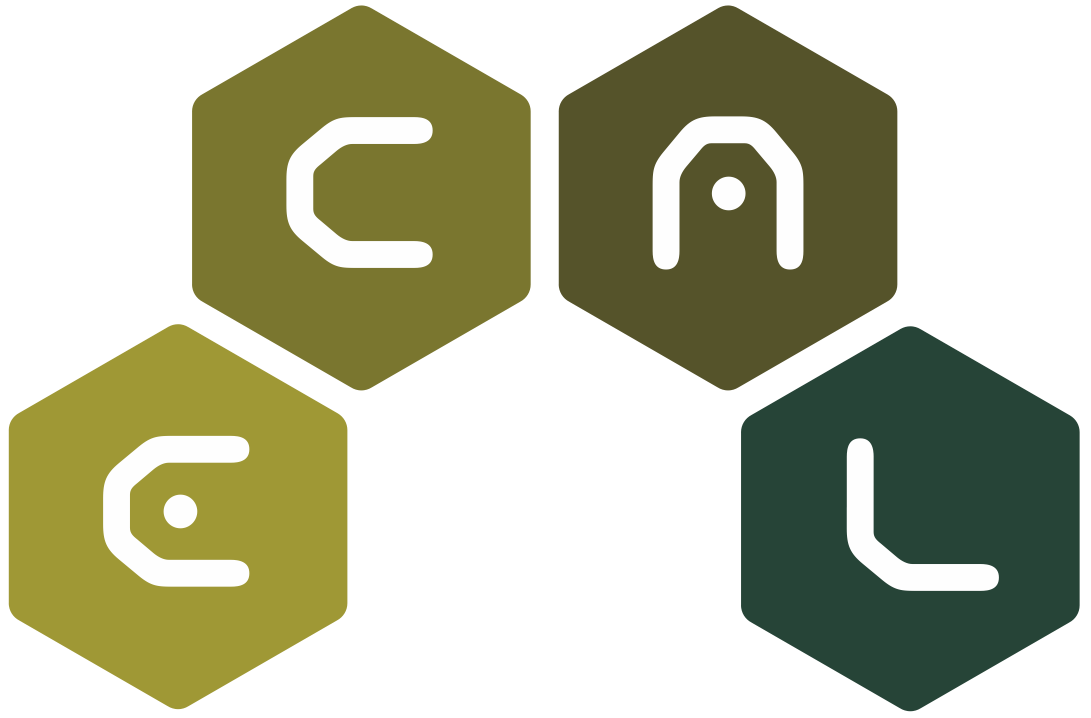Title
Embodied Evolution of Artificial Cells in a Hybrid Wet/Hard-ware Platform

Embodied Evolution of Artificial Cells in a Hybrid Wet/Hard-ware Platform
Download via this paper's page on the MIT Press ECAL 2015 Proceedings website.
The development of life over billions of years is the product of complex evolutionary processes between populations of living entities and the environment, together selecting fitter systems. Biological cells are outstanding examples of complex non-equilibrium systems showing emergent dynamics, and are the only example of naturally occurring, self-maintaining and self-replicating machines. How chemistry undertook the transition to biology is one of the most important questions relating to the origin of life and the design of artificial life beyond the biological paradigm. Theories focusing on RNA, proteins, metabolism, or protocells have been postulated so a key question is what basic infrastructure is required for simple chemical systems to show autonomous evolutionary dynamics.
Herein, we show the emergence of evolution in a hardware platform coupled with a wet ALife system (Gutierrez, 2014) (Figure 1). The hardware platform consists of a fully automated liquid handling robot capable of producing droplets in a Petri dish, equipped with a camera for video recording and image analysis. The platform was designed and built based upon the open source ‘RepRap’ 3D-printer (Jones, 2011), where the extruder was replaced by a liquid handling carriage with four different nozzles connected to syringe pumps for producing reagent mixtures inside a well plate, and an automated glass syringe to produce the droplets. RepRap’s 3D printer controller software was also adapted for these new capabilities adding new functionality to control the liquid handling. The platform was connected to a computer where the algorithms and the image processing were processed.
The wet ALife system was designed as oil droplets generated in an aqueous phase environment (Hanczyc, 2007) (Browne, 2010). Our ALife system comprised of a four component system including: 1-Octanol, Diethyl-phthalate, 1-Pentanol and Octanoic acid, aiming for droplets that have motility, some stability, and a range of solubilities, densities, polarities and viscosities.
The artificial cell genotypes are composed by mixing four different chemical (oil) inputs embodied as populations of droplets within a specific environment, and a range of novel behaviors emerged which were characterized using a lattice search to describe the phenotypic space. Populations of these artificial cells were then evolved using an evolutionary algorithm informed by image recognition, exploring their ability to divide, move and vibrate. By fully automating the process it was able to produce large amounts of genetic algorithm data which enabled us to analyze and create a theoretical model which reinforces the hypothesis of oil droplets systems as artificial cell candidates.